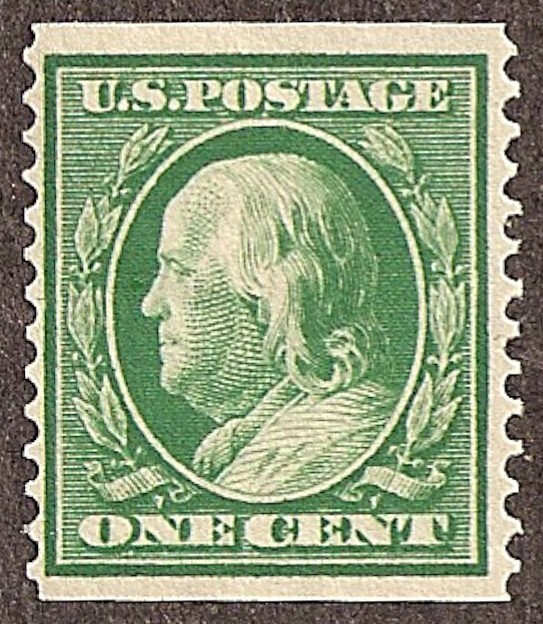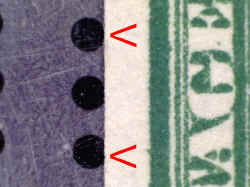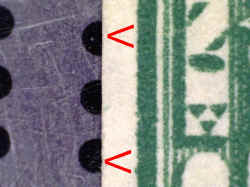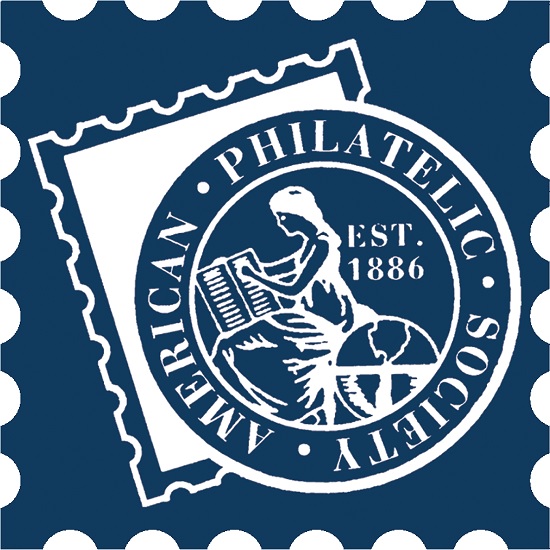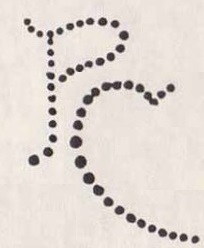Riverside Stamps
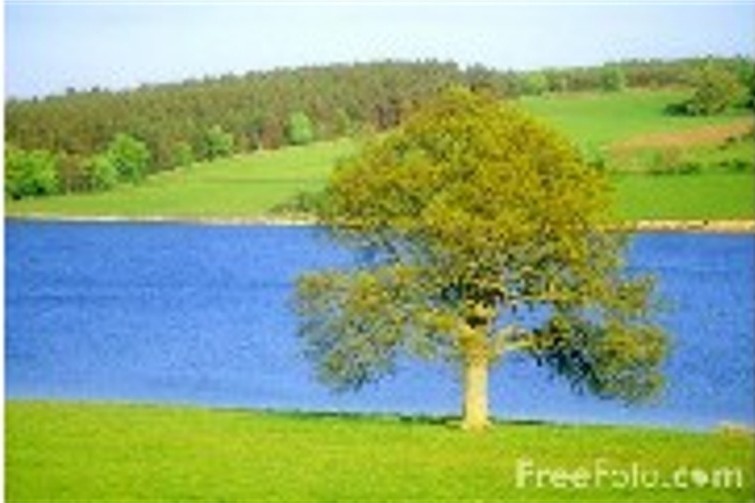
Return to Home Page or Altered and Faked stamps Index Page
|
The contents of
this website is copyright protected. Any suggestions for additions or changes are always welcome. |
Suspect Scott #387
Update: The certificate from the A.P.S. came back.
|
The certificate came back for this stamp and I was half right and half wrong. I was right in saying that the stamp was a fake but I was wrong in concluding how it was a fake. I had concluded that the stamp was probably a #375 that had been trimmed down to look like a #387. I figured that the perfs were genuine and the edges were cut down. Looking back at my own analysis I can see now that, as in other stamps I have looked at, I spent way to much time on the straight edges and did not see the obvious flaws in the perforations. Looking at the suspect image below it is plain to see that there are way to many flat topped perf tips and when the suspect perfs are superimposed on a #374 the perforations do not line up perfectly - about half the perforations on the suspect stamp are offset from the #374 perforations. |
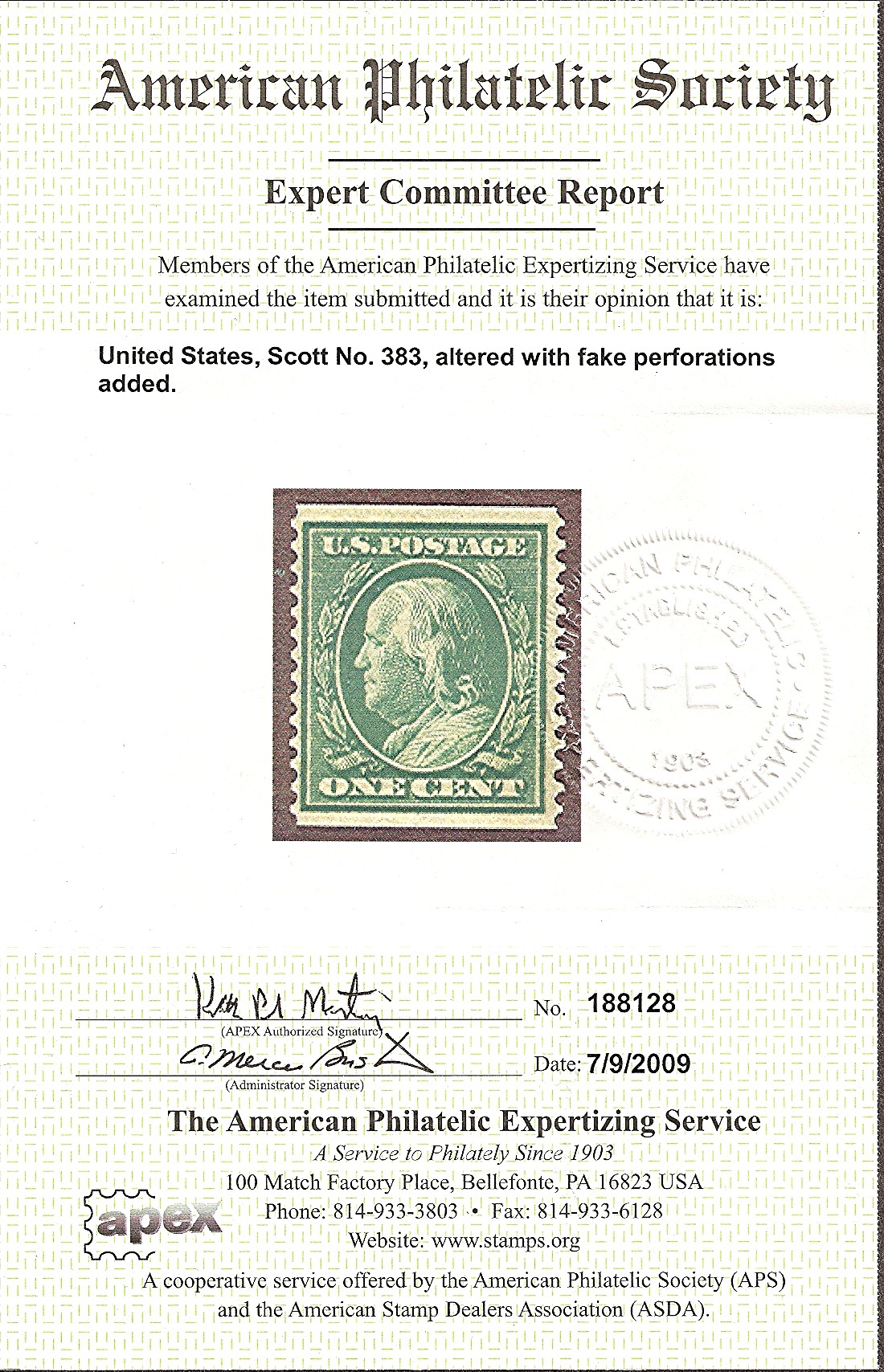 |
This is a moderately expensive stamp - $425.00 catalog value and is often faked. This stamp can be made by adding perforations to a #383 or trimming perforations off of a #374. It comes down to two things when determining if this is a genuine stamp or not:
-
Are the straight edges good.
-
Are the perforations good.
Lets look at the straight edges: the stamp measures 24.5mm tall - a bit small. The edges themselves are straight, parallel to each other and have the soft look and feel of a genuine cut edge. It's a whole different story when looking at the edges under magnification - I found what appear to be perforation pits along the top and bottom edges. Strike one.
Images of top and bottom showing suspect perforation pits.
The vertical perforations look good and compare perfectly with a #374. Below are two images showing the suspect stamps left and right perforations superimposed on top of a #374. The suspects perforations match the #374s perforations for size and gauge.

Left perforations.

Right perforations.
This next image shows that the left and right perforations of the suspect stamp are parallel to each other and the perforations do not fall on the same horizontal plane.
In conclusion: I believe that I can safely say that the perforations of the suspect stamp are genuine but with the straight edges showing suspect perforation pits that match up with the 12-66 gauge I have to say that the suspect stamp is probably a #375 that has been trimmed down to look like a #387. To be absolutely sure I'll be sending the suspect stamp out to the A.P.S. to be expertized. I should get the stamp back by the end of August.
Reference material used:
- The Expert's Book. A practical guide to the authentication of United States stamps. By Paul W. Schmid.
- How to Detect Damaged, Altered and Repaired Stamps. By Paul Schmid
As always comments and suggestions are always welcome.
To Contact Riverside Stamps:
Email:
Mike Girard - Owner / Operator / Web Master:
g1rardmn1099@comcast.net
|
I am a member of the American Philatelic Society
|
I am a member of the United States Stamp Society  USSS #: 16733 Visit the United States Stamp Society Website at www.usstamps.org |
I am a member of the Perfins Club
|
